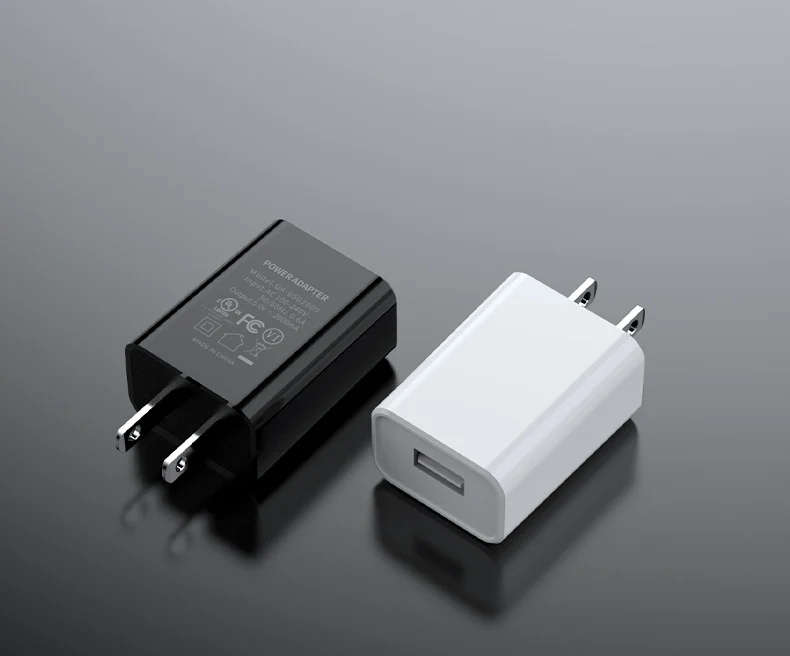When the operating conditions of components do not exceed the reference specifications provided in the supplier's datasheet, an extended operational life of the switching power supply adapter can be achieved. Derating components enhances product reliability. A primary reason for actual lifespan falling short of rated life is operating components under worst-case conditions. Worst-case conditions encompass all normal and abnormal operating scenarios, including dynamic load variations, short-circuit events, high/low temperature environments, minimum/maximum input voltages, cold starts, and shutdown conditions.

During operation, switch-mode power adapters undergo three distinct phases as operating time progresses: initial failures, sporadic failures, and wear-related failures. The underlying causes of failure vary accordingly.
Early-life failures in power products: Failures occurring within the initial 30 days of use typically diminish as the product stabilizes over time. These are primarily caused by latent defects, which require prevention through enhanced design and component screening. Although aging tests are conducted during production (lasting only 2-4 hours), they cannot detect all latent defects in a small fraction of components.
Occasional Failures in Power Products: After initial failures are eliminated, products enter the occasional failure phase. These failures are primarily caused by sudden events like drops or lightning strikes, independent of operating time, and generally maintain a consistent failure rate. Our goal is to reduce occasional failures to near zero by preventing accidental defects during production and controlling excessive fluctuations in the operating environment.
Wear-Related Failures in Power Products: Following the occasional failure phase, failures reappear as operating time increases. These failures stem primarily from product degradation and wear, reflecting that certain components have reached their lifespan limits.

Derating levels are determined comprehensively based on product reliability requirements, design cost constraints, maturity, safety considerations, post-sales maintenance costs, and assembly complexity. The military standard GBJ/Z35-93 recommends the following three derating levels:
1. Level I: The most severe derating, offering the greatest improvement in component reliability. Applicable when: product failure could cause severe damage to the application system or pose safety hazards to users; the product requires high reliability and employs novel processes or technologies in its design; repair is impossible due to technical or cost constraints; the application system imposes strict weight or size limitations on the product.
2. Level II: Moderate derating, providing noticeable improvement in component reliability. Applicable when: product failure may damage the application system; high reliability is required with unconventional design approaches; or after-sales service costs are relatively high.
3. Level III: Minimal derating, offering the greatest relative benefit in component reliability improvement, though less effective than Levels II and I. Applicable to: Products whose failure will not damage the application system or pose safety hazards to operators; products using mature design standards; products whose failure can be rapidly repaired at low maintenance costs; products without strict weight or size constraints.
As a professional manufacturer and wholesaler of charging adapters, Macable offers a wide range of power adapters that comply with international certification standards to meet the needs of global consumers. We are committed to providing efficient, safe, and environmentally-friendly charging solutions, offering users a smarter and more convenient charging experience.
